Archives
- By thread 5341
-
By date
- June 2021 10
- July 2021 6
- August 2021 20
- September 2021 21
- October 2021 48
- November 2021 40
- December 2021 23
- January 2022 46
- February 2022 80
- March 2022 109
- April 2022 100
- May 2022 97
- June 2022 105
- July 2022 82
- August 2022 95
- September 2022 103
- October 2022 117
- November 2022 115
- December 2022 102
- January 2023 88
- February 2023 90
- March 2023 116
- April 2023 97
- May 2023 159
- June 2023 145
- July 2023 120
- August 2023 90
- September 2023 102
- October 2023 106
- November 2023 100
- December 2023 74
- January 2024 75
- February 2024 75
- March 2024 78
- April 2024 74
- May 2024 108
- June 2024 98
- July 2024 116
- August 2024 134
- September 2024 130
- October 2024 141
- November 2024 171
- December 2024 115
- January 2025 216
- February 2025 140
- March 2025 220
- April 2025 233
- May 2025 239
- June 2025 303
- July 2025 154
-
เตรียมธุรกิจของคุณให้พร้อมสำหรับการเปิดเผยข้อมูล ESG
Schneider Electric
Sustainability Reporting ToolboxESG: เปลี่ยนความต้องการให้กลายเป็นโอกาสยินดีต้อนรับสู่ยุคของการรายงาน ESG!ในปัจจุบันหลายองค์กรทั่วโลกได้หันมาปฏิบัติ ตามกฎระเบียบการเปิดเผยฟุตพริ้นท์ ด้านสิ่งแวดล้อม สังคม และธรรมาภิบาล (ESG) กันเป็นจำนวนมาก และมีจำนวนเพิ่มขึ้นอย่างรวดเร็ว รวมทั้งในเอเชียแปซิฟิกก็เช่นกัน ขณะเดียวกัน สินทรัพย์ด้าน ESG กำลังจะมีมูลค่าเกิน 50 ล้านล้านดอลลาร์ภายในปี 2568 ซึ่งคิดเป็นมูลค่ามากกว่าหนึ่งในสามของสินทรัพย์ทั่วโลกที่อยู่ภายใต้การจัดการ ดังนั้นแรงกดดันที่มาจากนักลงทุนเรื่องการรายงานการริเริ่มโครงการด้าน ESG ก็จะมีมากขึ้น แม้ข้อบังคับเหล่านี้จะมาพร้อมกับความท้าทาย แต่ก็ถือเป็นโอกาสด้วยเช่นกันกลับสู่จุดเริ่มต้นเหตุใด ESG จึงมีความสำคัญต่อองค์กรของคุณ เกิดอะไรขึ้นกับการกำหนดมาตรฐานแนวทางการรายงานขององค์กร เราควรให้ความใส่ใจกับงานส่วนใด พบคำตอบได้ทันทีในคู่มือของเราถอดรหัสไปยังรายงาน ESG<divstyle="overflow-wrap: break-word; word-wrap: break-word; word-break: break-all;"> การลงทุน ESG ให้ประโยชน์ถึงสองเท่า: ทั้งโอกาสที่จะสร้างสิ่งที่ดีให้ต่อโลกที่มาพร้อมกับผลประโยชน์ทางธุรกิจ เพียงปฏิบัติตาม 3 ขั้นตอนนี้ เพื่อความก้าวหน้าในยุคใหม่:- ทำการประเมินสาระสำคัญ
- ดำเนินการสำรวจและรวบรวมข้อมูล
- เลือกกรอบการรายงาน ESG ที่เหมาะสม
หากคุณกำลังมองหาแหล่งข้อมูลที่ถูกต้อง ที่ปรึกษาด้านทรัพยากรบนคลาวด์และการขับเคลื่อนด้วย AI เราพร้อมดูแลคุณด้วย: เฟรมเวิร์คที่ตรงกับทั่วโลก
เฟรมเวิร์คที่ตรงกับทั่วโลก การวิเคราะห์ข้อมูล ESG
การวิเคราะห์ข้อมูล ESG พัฒนาการทำงานภายในองค์กร
พัฒนาการทำงานภายในองค์กร การสื่อสารที่ชัดเจน
การสื่อสารที่ชัดเจน+ Lifecycle Services From energy and sustainability consulting to optimizing the life cycle of your assets, we have services to meet your business needs. Schneider Electric
46 Rungrojthanakul Building. 1st, 10th, 11th Floor, Ratchadapisek Road. Huaykwang
Bangkok - 10310, Thailand
Phone +662 617 5555© 2023 Schneider Electric, All Rights Reserved. Schneider Electric trademarks are owned by Schneider Electric or its affiliated companies in the United States and other countries. All other trademarks are property of their respective owners.
by "Schneider Electric" <reply@se.com> - 10:02 - 14 Aug 2023 -
Know how parts inventory management is a game changer across multiple industries
Know how parts inventory management is a game changer across multiple industries
Explore how strategic fleet parts inventory management keeps vehicles on the road and businesses on the path to success.
Explore how strategic fleet parts inventory management keeps vehicles on the road and businesses on the path to success.
Use Cases
Fleet Maintenance
Overcoming delayed repairs due to stockouts with real-time inventory tracking.

Heavy Machinery
Surpassing unplanned downtime with categorization feature for optimal spare parts management.

Discuss your use-case to get your business growing
Uffizio Technologies Pvt. Ltd., 4th Floor, Metropolis, Opp. S.T Workshop, Valsad, Gujarat, 396001, India
by "Sunny Thakur" <sunny.thakur@uffizio.com> - 08:00 - 14 Aug 2023 -
A leader’s quick-start guide to generative AI
You’ve bot this
by "McKinsey Leading Off" <publishing@email.mckinsey.com> - 02:55 - 14 Aug 2023 -
You’re invited to the latest DevCon workshop: How To Build a Smart Queue Management System
You’re invited to the latest DevCon workshop: How To Build a Smart Queue Management System
Learn about Smart Queue Management Systems


How To Build a Smart Queue Management System Step by Step? From Zero to Hero.
September 5, 2023; 7PM-8PM IST
Register now 


Md Abul,
Join us for a tutorial on how to create an intelligent retail queue management system using the OpenVINO™ toolkit and YOLOv8. By the end of the presentation, you'll have the knowledge and resources to build your own solution.
What you’ll learn:
- Step-by-step easy-to-follow Jupyter Notebook tutorial
- Real-time detection and tracking of people for efficient queue management and staffing optimization
- Optimized for multi-model workloads across various Intel processors
- Where to find resources; open-source code, dataset, videos, and a blog available on GitHub for easy customization and extension to your specific needs
Register today 


Adrian Boguszewski
AI Software Evangelist, Intel
Adrian, an OpenVINO developer evangelist, is frequently a speaker at data science conferences, enjoys working with big data and creating solutions for big companies in Poland.

Anisha Udayakumar
AI Software Evangelist, Intel
Anisha is an AI Evangelist at Intel with a passion for the OpenVINO™ toolkit. She is a member of an innovation team that leverages cutting-edge technologies such as AI, Augmented Reality, Virtual Reality, Robotics, and XR to build rapid prototypes and vision-based retail solutions.On-Demand DevCon Workshops
OpenVINO 2023.0 – See What’s New

Harness Generative AI Acceleration with OpenVINO™ toolkit

Beyond the Continuum: The Importance of Quantization in Deep Learning







If you forward this email, your contact information will appear in any auto-populated form connected to links in this email.
This was sent to info@learn.odoo.com because you are subscribed to Webinars. To view and manage your marketing-related email preferences with Intel, please click here.
© 2023 Intel Corporation
Intel Corporation, 2200 Mission College Blvd., M/S RNB4-145, Santa Clara, CA 95054 USA. www.intel.com
Privacy | Cookies | *Trademarks | Unsubscribe | Manage Preferences
by "Intel Developer Zone" <intel.developer.zone@plan.intel.com> - 12:32 - 14 Aug 2023 -
EP72: OAuth 2.0 Explained With Simple Terms
EP72: OAuth 2.0 Explained With Simple Terms
This week’s system design refresher: Git Merge vs. Rebase vs. Squash Commit (Youtube video) OAuth 2.0 Explained With Simple Terms Top 4 Forms of Authentication Mechanisms Uber Tech Stack - CI/CD Leadership Styles Around The World Introducing New Relic Interactive Application Security Testing (IAST)(Sponsored) Open in app or online This week’s system design refresher:
Git Merge vs. Rebase vs. Squash Commit (Youtube video)
OAuth 2.0 Explained With Simple Terms
Top 4 Forms of Authentication Mechanisms
Uber Tech Stack - CI/CD
Leadership Styles Around The World
Introducing New Relic Interactive Application Security Testing (IAST)(Sponsored)
New Relic Interactive Application Security Testing (IAST) is now in public preview! Engineers, DevOps, and security teams can now find, fix, and verify high-risk vulnerabilities early and accurately to build more secure applications—and ship code faster.
Git Merge vs. Rebase vs. Squash Commit
Oauth 2.0 Explained With Simple Terms
OAuth 2.0 is a powerful and secure framework that allows different applications to securely interact with each other on behalf of users without sharing sensitive credentials.
The entities involved in OAuth are the User, the Server, and the Identity Provider (IDP).
What Can an OAuth Token Do?
When you use OAuth, you get an OAuth token that represents your identity and permissions. This token can do a few important things:
Single Sign-On (SSO): With an OAuth token, you can log into multiple services or apps using just one login, making life easier and safer.
Authorization Across Systems: The OAuth token allows you to share your authorization or access rights across various systems, so you don't have to log in separately everywhere.
Accessing User Profile: Apps with an OAuth token can access certain parts of your user profile that you allow, but they won't see everything.
Remember, OAuth 2.0 is all about keeping you and your data safe while making your online experiences seamless and hassle-free across different applications and services.
Over to you: Imagine you have a magical power to grant one wish to OAuth 2.0. What would that be? Maybe your suggestions actually lead to OAuth 3.Latest articles
If you’re not a paid subscriber, here’s what you missed this month.
"I Was Under Leveled!" — Avoiding the Tragedy of Making Only $500k a Year
Network Protocols behind Server Push, Online Gaming, and Emails
To receive all the full articles and support ByteByteGo, consider subscribing:
Top 4 Forms of Authentication Mechanisms
SSH Keys:
Cryptographic keys are used to access remote systems and servers securelyOAuth Tokens:
Tokens that provide limited access to user data on third-party applicationsSSL Certificates:
Digital certificates ensure secure and encrypted communication between servers and clientsCredentials:
User authentication information is used to verify and grant access to various systems and services
Over to you: How do you manage those security keys? Is it a good idea to put them in a GitHub repository?
Guest post by Govardhana Miriyala Kannaiah.
Uber Tech Stack - CI/CD
Uber is one of the most innovative companies in the engineering field. Let’s take a look at their CI/CD tech stacks.
Note: This post is based on research on Uber engineering blogs. If you spot any inaccuracies, please let us know.
Project planning: JIRA
Backend services: Spring Boot to develop their backend services. And to make things even faster, they've created a nifty configuration system called Flipr that allows for speedy configuration releases.
Code issues: They developed NullAway to tackle NullPointer problems and NEAL to lint the code. Plus, they built Piranha to clean out-dated feature flags.
Repository: They believe in Monorepo. It uses Bazel on a large scale.
Testing: They use SLATE to manage short-lived testing environments and rely on Shadower for load testing by replaying production traffic. They even developed Ballast to ensure a smooth user experience.
Experiment platform: it is based on deep learning and they've generously open-sourced parts of it, like Pyro.
Build: Uber packages their services into containers using uBuild. It's their go-to tool, powered by Buildkite, for all the packaging tasks.
Deploying applications: Netflix Spinnaker. It's their trusted tool for getting things into production smoothly and efficiently.
Monitoring: Uber built their own monitoring systems. They use the uMetric platform, built on Cassandra, to keep things consistent.
Special tooling: Uber relies on Peloton for capacity planning, scheduling, and operations. Crane builds a multi-cloud infrastructure to optimize costs. And with uAct and the OnCall dashboard, they've got event tracing and on-call duty management covered.
Have you ever used any of Uber's tech stack for CI/CD? What are your thoughts on their CI/CD setup?Leadership Styles Around The World
Different leadership styles can be profoundly influenced by cultural differences. Do you agree with the diagram?
Credit: ‘When cultures collide’ book by Richard D. Lewis
Latest articles
Here are the latest articles you may have missed:
To receive all the full articles and support ByteByteGo, consider subscribing:
Like
Comment
Restack
© 2023 ByteByteGo
548 Market Street PMB 72296, San Francisco, CA 94104
Unsubscribe
by "ByteByteGo" <bytebytego@substack.com> - 11:35 - 12 Aug 2023 -
Cómo usar la IA generativa para crear valor
Además, ¿está ofreciendo las recompensas adecuadas a sus gerentes más valiosos? La IA generativa sigue causando sensación en todos los sectores por una buena razón: la investigación de McKinsey estima que podría agregar el equivalente a entre $2.6 billones y $4.4 billones de dólares de valor anualmente. Pero, ¿cómo pueden los líderes convertir la promesa de la IA generativa en valor sostenible para las empresas? En el primer artículo destacado de este mes, Aamer Baig, Sven Blumberg, Eva Li, Douglas Merrill, Adi Pradhan, Megha Sinha, Alexander Sukharevsky y Stephen Xu identifican nueve acciones que todos los líderes tecnológicos pueden llevar a cabo para crear valor, orquestar la tecnología y los datos, escalar las soluciones y gestionar el riesgo. En nuestro segundo artículo destacado, Frithjof Lund, Dana Maor, Nina Spielmann y Alexander Sukharevsky plantean cuatro preguntas sobre la IA generativa que los consejos de administración deberían formular a los directivos de las empresas, así como una pregunta que los miembros del consejo deberían hacerse a sí mismos. Otros temas destacados de la edición de este mes son los siguientes:
•
por qué los mandos intermedios son el verdadero centro de las organizaciones
•
cuatro tareas imprescindibles que deben realizar los ejecutivos del sector minorista para gestionar un equipo multigeneracional
•
cómo gestionar el nuevo equipo multigeneracional
•
los resultados de este mes de la Encuesta Global McKinsey sobre las condiciones económicas
La selección de nuestros editores
LOS DESTACADOS DE ESTE MES

Los mandos intermedios son el corazón de su empresa
Deje de pensar en los mandos intermedios como una estación de paso. Más bien, conviértalos en un destino.
Ofrezca las recompensas adecuadas
Reset minorista: Un nuevo manual de tácticas para los líderes del comercio minorista
A la luz de las disrupciones sin precedentes en la industria, las medidas que adopte un minorista hoy podrían determinar si pasa los próximos 20 años como líder o como rezagado. He aquí cuatro cosas que los ejecutivos del sector minorista deben hacer.
Adelántese a las prioridades
Dar sentido a los estereotipos generacionales en el trabajo
Los boomers están a la izquierda; los de la generación Z, a la derecha. ¿En realidad somos tan diferentes?
Conozca más
Perspectivas de las condiciones económicas en tiempos turbulentos, junio de 2023
El optimismo económico sigue creciendo en gran parte del mundo, mientras que las opiniones sobre las tasas de interés y los riesgos potenciales para el crecimiento global han cambiado desde el trimestre pasado.
Actualícese
La transición de materiales cero neto: Implicaciones para las cadenas de suministro globales
Para proporcionar materiales esenciales para la transición energética, las industrias metalúrgica y minera deben adaptar sus cadenas de suministro mundiales.
Profundice más
La empresa reconfigurada: Cómo cinco compañías se desarrollaron para superar a la competencia
Las lecciones de cinco empresas reconfiguradas muestran cómo convertir las ganancias digitales iniciales en ganancias para toda la empresa.
Desarrolle distancia digitalEsperamos que disfrute de los artículos en español que seleccionamos este mes y lo invitamos a explorar también los siguientes artículos en inglés.
ENCUESTA DESTACADA

McKinsey Explainers
Find direct answers to complex questions, backed by McKinsey’s expert insights.
Learn more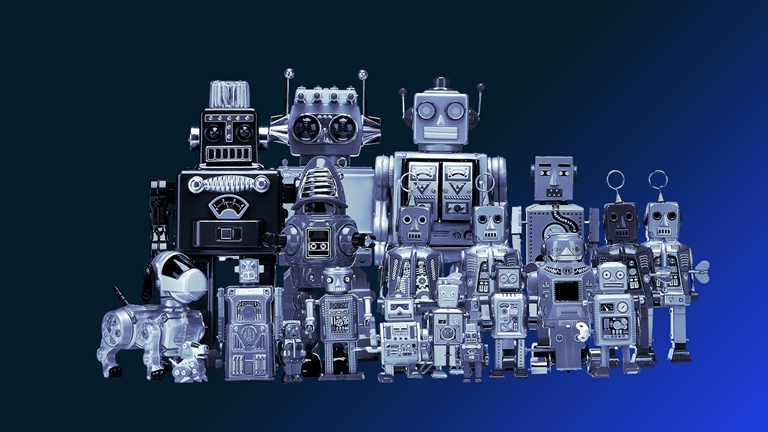
McKinsey Themes
Browse our essential reading on the topics that matter.
Get up to speed
McKinsey on Books
Explore this month’s best-selling business books prepared exclusively for McKinsey Publishing by Circana.
See the lists
McKinsey Chart of the Day
See our daily chart that helps explain a changing world—as we strive for sustainable, inclusive growth.
Dive in
McKinsey Classics
What’s the link between “moments of truth” and customers’ purchase decisions? Read our 2006 classic “The ‘moment of truth’ in customer service” to learn more.
Rewind
The Daily Read
Our Daily Read newsletter highlights an article a day, picked by our editors.
Subscribe now— Edited by Joyce Yoo, editor, New York
COMPARTA ESTAS IDEAS
¿Disfrutó este boletín? Reenvíelo a colegas y amigos para que ellos también puedan suscribirse. ¿Se le remitió este articulo? Regístrese y pruebe nuestras más de 40 suscripciones gratuitas por correo electrónico aquí.
Este correo electrónico contiene información sobre la investigación , los conocimientos, los servicios o los eventos de McKinsey. Al abrir nuestros correos electrónicos o hacer clic en los enlaces, acepta nuestro uso de cookies y tecnología de seguimiento web. Para obtener más información sobre cómo usamos y protegemos su información, consulte nuestra política de privacidad.
Recibió este correo electrónico porque es un miembro registrado de nuestro boletín informativo Destacados.
Copyright © 2023 | McKinsey & Company, 3 World Trade Center, 175 Greenwich Street, New York, NY 10007
by "Destacados de McKinsey" <publishing@email.mckinsey.com> - 08:20 - 12 Aug 2023 -
We missed you at Beyond the Continuum: The Importance of Quantization in Deep Learning
We missed you at Beyond the Continuum: The Importance of Quantization in Deep Learning
Sorry you couldn’t make it (but you can stream it anytime:-)


Beyond the Continuum: The Importance of Quantization in Deep Learning
Watch on-demand 


We're sorry we missed you at our workshop Beyond the Continuum: The Importance of Quantization in Deep Learning, but not to worry, the on-demand replay is now available for you to watch anytime.
Watch to learn:
- The value of quantization and different types of quantization
- How to harness NNCF with the OpenVINO™ toolkit
- A Jupyter Notebook demonstrating a neural network graph before-and-after quantization with performance comparisons
Watch now 
Don’t Stop There
- Watch tutorials, view use cases and see all the toolkit options at openvino.ai
- Download your free version of Intel® Distribution of OpenVINO™ toolkit and
- Explore the OpenVINO™ toolkit Github repository of Jupyter Notebooks, Training Extensions, Models, and more…






If you forward this email, your contact information will appear in any auto-populated form connected to links in this email.
This was sent to info@learn.odoo.com because you are subscribed to Webinars. To view and manage your marketing-related email preferences with Intel, please click here.
© 2023 Intel Corporation
Intel Corporation, 2200 Mission College Blvd., M/S RNB4-145, Santa Clara, CA 95054 USA. www.intel.com
Privacy | Cookies | *Trademarks | Unsubscribe | Manage Preferences
by "Intel Developer Zone" <intel.developer.zone@plan.intel.com> - 03:30 - 11 Aug 2023 -
Gen AI in the limelight
The Shortlist
Four new insights Curated by Liz Hilton Segel, chief client officer and managing partner, global industry practices, & Homayoun Hatami, managing partner, global client capabilities
Twice monthly, we bring you four new insights out of the dozens we publish that we think are worth a second glance from any business leader in any geography. In this edition, we look at gen AI’s meteoric rise, how digital twins could revolutionize product development, and more. We hope you enjoy the read.
—Liz and Homayoun
Generative AI makes a loud entrance. That’s one of the first findings of the McKinsey Technology Council’s roundup of this year’s 15 tech trends. The Council estimated the potential for value creation and laid out some strategies for how to do it. Applied AI is on everyone’s mind, but the Council also pinpointed exciting changes in advanced connectivity, green technologies, and much more.
Roll out the welcome mat with McKinsey Technology Trends Outlook 2023 by Michael Chui, Mena Issler, Roger Roberts, and Lareina Yee.
Start your engines. This time last year, almost nobody was even wondering about generative AI, much less planning how to utilize it. Now, it’s almost all we can talk about—and a third of respondents to the latest annual McKinsey Global Survey say their organizations are already using gen AI regularly in at least one business function. Looking ahead, three-quarters of all respondents expect gen AI to disrupt their industry’s competition in the next three years.
For more wow stats, and to chart gen AI’s path through your organization, scroll through The state of AI in 2023: Generative AI’s breakout year, a survey developed by Michael Chui, Bryce Hall, Alex Singla, Alexander Sukharevsky, and Lareina Yee.
Dive deep into how these technologies can juice product development in Digital twins: The key to smart product development, by Roberto Argolini, Federico Bonalumi, Johannes Deichmann, and Stefania Pellegrinelli. And for some background, check out our Explainer on digital twins.
Share these insights
This email contains information about McKinsey’s research, insights, services, or events. By opening our emails or clicking on links, you agree to our use of cookies and web tracking technology. For more information on how we use and protect your information, please review our privacy policy.
You received this email because you subscribed to The Shortlist newsletter.
Copyright © 2023 | McKinsey & Company, 3 World Trade Center, 175 Greenwich Street, New York, NY 10007
by "McKinsey Shortlist" <publishing@email.mckinsey.com> - 02:22 - 11 Aug 2023 -
Fleet Parts Inventory Management System - Manage, Reduce Downtime and Cost
Fleet Parts Inventory Management System - Manage, Reduce Downtime and Cost
Find out what makes our software stand out from the crowd
Find out what makes our software stand out from the crowd
Centralized Inventory Management
Empower Business with Unified Inventory Oversight through Centralized Control.
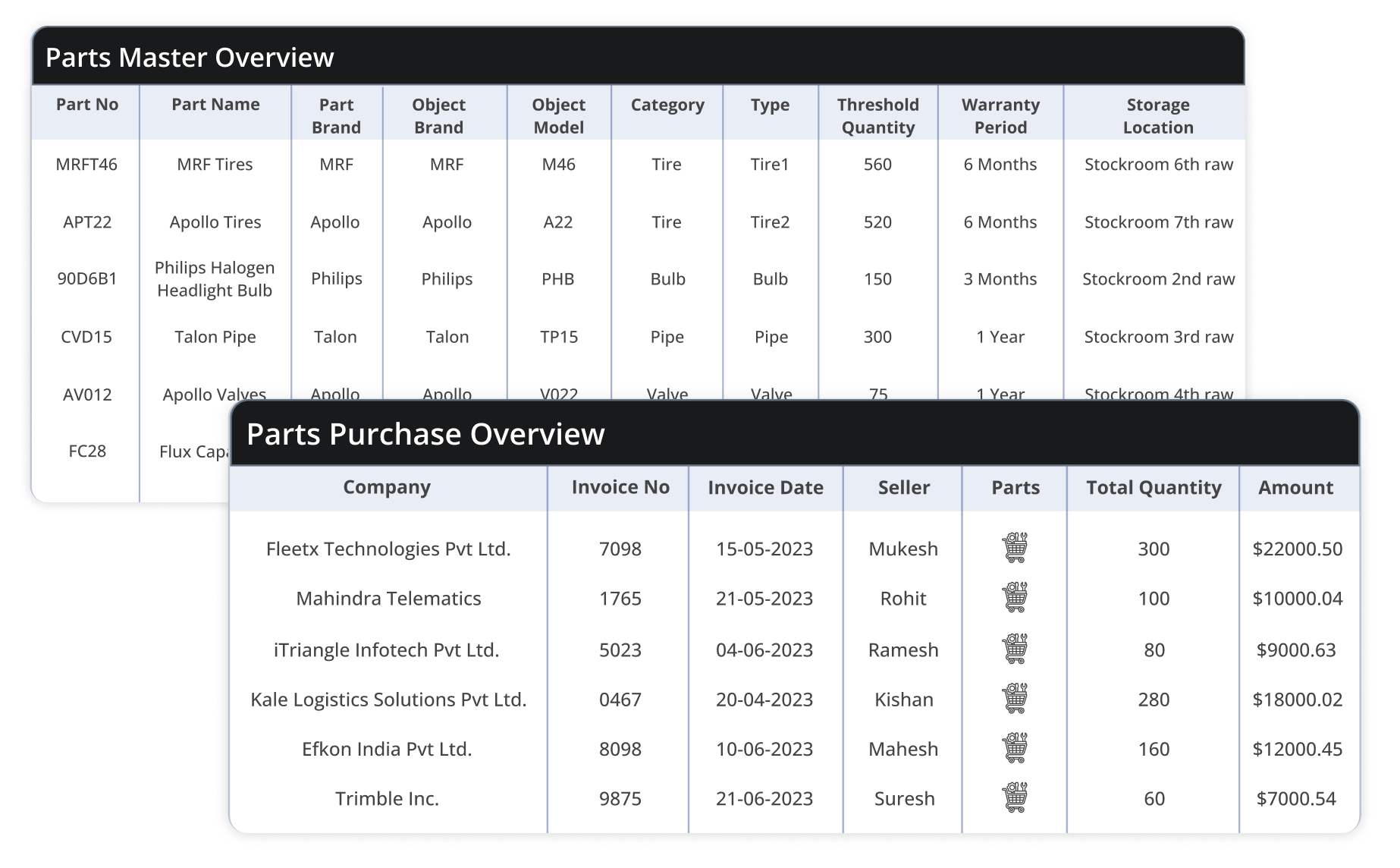
Realtime Inventory Tracking
Elevate Inventory Management with realtime inventory tracking.
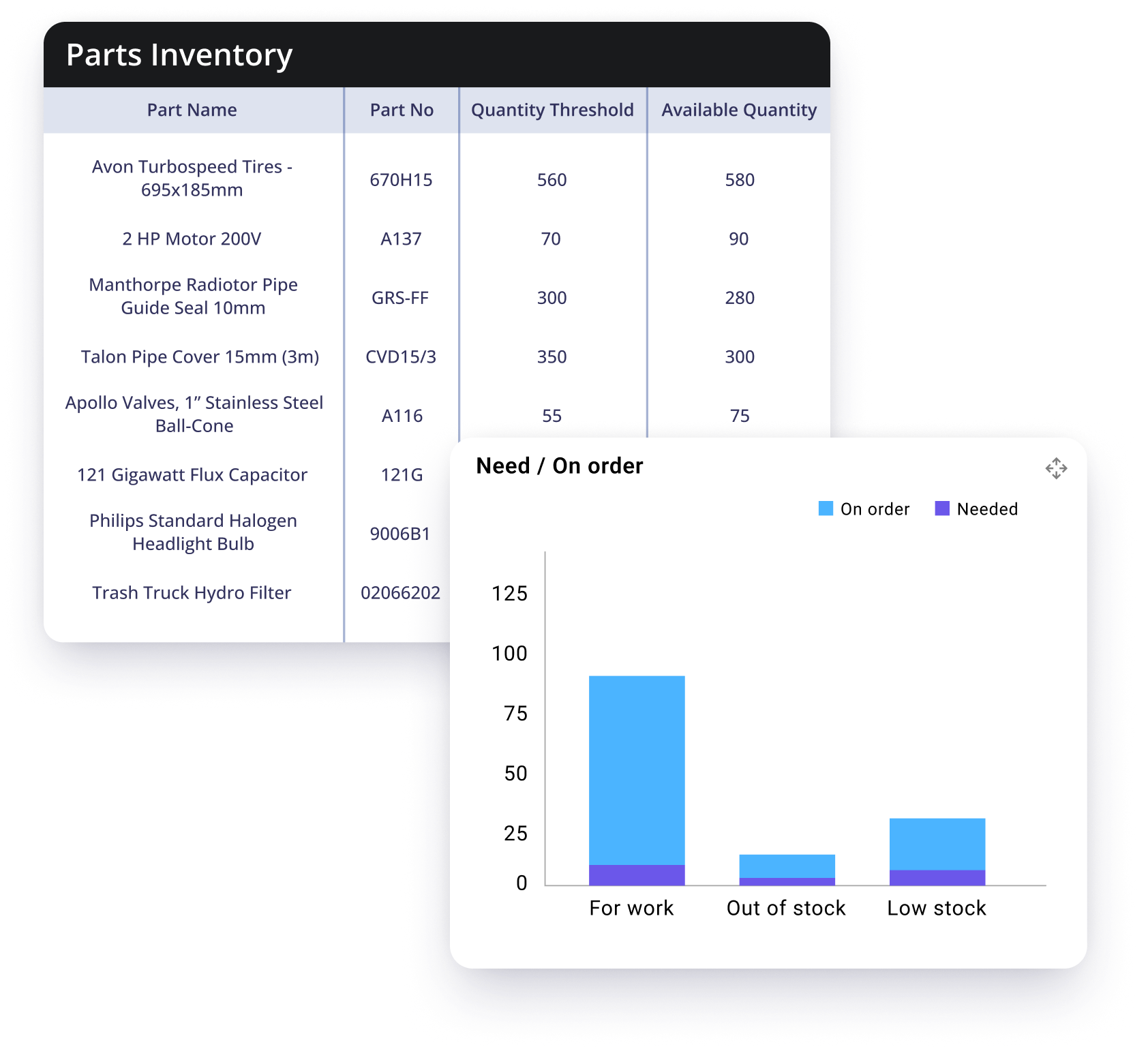
Barcode/ QR Code Scan Capability
Harness the Power of Barcode and QR Code Scans for Seamless Inventory Control.

Empower your clients with precision-powered parts inventory management
Uffizio Technologies Pvt. Ltd., 4th Floor, Metropolis, Opp. S.T Workshop, Valsad, Gujarat, 396001, India
by "Sunny Thakur" <sunny.thakur@uffizio.com> - 09:00 - 10 Aug 2023 -
Why Do We Need a Message Queue?
Why Do We Need a Message Queue?
In this issue, we’re diving deep into a widely-used middleware: the message queue. Message queues have a long history. They are often used for communication between different systems. Figure 1 illustrates the concept of a message queue by comparing it to how things work at Starbucks. Open in app or online This is a sneak peek of today’s paid newsletter for our premium subscribers. Get access to this issue and all future issues - by subscribing today.
Latest articles
If you’re not a subscriber, here’s what you missed this month.
"I Was Under Leveled!" — Avoiding the Tragedy of Making Only $500k a Year
Network Protocols behind Server Push, Online Gaming, and Emails
To receive all the full articles and support ByteByteGo, consider subscribing:
In this issue, we’re diving deep into a widely-used middleware: the message queue.
Message queues have a long history. They are often used for communication between different systems. Figure 1 illustrates the concept of a message queue by comparing it to how things work at Starbucks.
At Starbucks, the cashier takes the order and collects money, then they write the customer’s name on a coffee cup to hand over to the next step. The coffee maker picks up the order and the cup and makes coffee. The customer then picks up the coffee at the counter. The three steps work asynchronously. The cashier just drops the order in the form of a coffee cup and does not wait for its completion. The coffee maker just drops the completed coffee on the counter and does not wait for the customer to pick it up.
When you place an order at Starbucks, the cashier takes the order and scribbles your name on a cup and moves to the next customer. A barista then picks up the cup, prepares your drink, and leaves it for you to collect. The beauty of this process is that each step operates independently. It is much like an asynchronous system.
This asynchronous processing, where each step doesn’t have to wait for the previous one to complete, significantly increases the throughput of the system. For instance, the cashier doesn’t wait for your drink to be made before taking another order.
A Message Queue Example
Now, let’s shift our focus to a real-world example: flash sales in e-commerce. Flash sales can strain systems due to surge in user activity. Many strategies are employed to manage this demand, and message queues often play a pivotal role in backend optimizations.
A simplified eCommerce flash sale architecture is listed in Figure 2.
Steps 1 and 2: A customer places an order to the order service.
Step 3: Before processing the payment, the order service reserves the selected inventory.
Step 4: The order service then sends a payment instruction to the payment service. The payment service fans out to 3 services: payment channels, notifications, and analytics.
Steps 5.1 and 6.1: The payment service sends the payment instruction to the payment channel service. The payment channel service talks to external PSPs (Payment Service Providers) to finalize the transaction.
Steps 5.2 and 6.2: The payment service sends a notification to the notification service, which then sends a notification to the customer via email or SMS.
Step 5.3: The payment service sends transaction details to the analytics service.
A key takeaway here is that a seamless user experience is crucial during flash sales. To maintain service responsiveness despite high traffic, message queues can be integrated at multiple stages to ensure optimal performance.
Benefits of Message Queues
Fan-out
The payment service sends data to three downstream services for different purposes: payment channels, notifications, and analytics. This fan-out method is like someone shouting a message across a room; whoever needs to hear it, does. The producer simply drops the message on the queue, and the consumers process the message at their own pace.
Asynchronous Processing
Drawing from the Starbucks analogy, just as the cashier doesn’t wait for the coffee to be made, the order service does not wait for the payments to finalize. The payment instruction is placed on the queue, and the customer is notified once it’s finalized.
Rate Limiting
In a flash sale, there can be tens of thousands of concurrent users placing orders simultaneously. It is crucial to strike a balance between accommodating eager customers and maintaining system stability. A common approach is to cap the number of incoming requests within a specific time frame to match the capacity of the system. Excess requests might be rejected or asked to retry after a short delay. This approach ensures the system remains stable and doesn’t get overwhelmed. For requests that make it through, message queues ensure they’re processed efficiently and in order. If one part of the system is momentarily lagging, the order isn’t lost. It’s held in the queue until it can be processed. This ensures a smooth flow even under pressure.
Decoupling
Our design uses message queues in various places. The overall architecture is different from the simplified version presented in Figure 2. Services interact with each other using well-defined message interfaces rather than depending tightly on each other. Each service can be modified and deployed independently. Each component can be developed in a different programming language. This brings flexibility to the architectural design.
Horizontal Scalability
Since the services are decoupled, we can scale them independently based on demand. Each service can serve in a different capacity, so we can scale based on their planned QPS (query per second) or TPS (transaction per second).
Message Persistence
Message queues can also be used as middleware that stores messages. If the upstream service crashes, the downstream service can always pick up the messages from the message queue to process. In this way, the recovery function is moved out of each service and becomes the responsibility of the message queue.
Batch Processing
Sometimes in the processing flow, we need to batch the data to get the summary. For example, when the payment service sends updates to the analytics service, the analytics service does not need to perform real-time updates but rather set up a tumbling window to process in batches. The batch processing is the requirement of the downstream services, so there is no need for the payment service to know about it, just drop the messages into the queue.
Message Ordering
In a flash sale, there is a limited number of inventory items. For example, a flash sale offers only 10 iPhones, but there are over 10,000 users who place the order. How do we decide on the order? Having a message queue to keep all the orders will have a natural order: The first 10 in the queue will get the iPhone.
In Figure 3 we put everything together, where the services are connected via message queues and decoupled. In this way, the architecture can achieve higher throughput.
Keep reading with a 7-day free trial
Subscribe to ByteByteGo Newsletter to keep reading this post and get 7 days of free access to the full post archives.
A subscription gets you:
An extra deep dive on Thursdays Full archive Many expense it with team's learning budget Like
Comment
Restack
© 2023 ByteByteGo
548 Market Street PMB 72296, San Francisco, CA 94104
Unsubscribe
by "ByteByteGo" <bytebytego@substack.com> - 11:37 - 10 Aug 2023 -
Ship code faster with unmatched detection accuracy of security risks
New Relic
 August 2023
August 2023Ship code faster with unmatched detection accuracy of security risks See and secure every application you build and run, and ship code faster with New Relic interactive application security testing (IAST). Pinpoint vulnerabilities with unmatched detection accuracy and proof-of-exploit for faster remediation. Now in public preview!Learn more  Unlock the full potential of Kubernetes with the New Relic Kubernetes operator. Simplify complex application management, deploy, scale, and upgrade effortlessly.
Unlock the full potential of Kubernetes with the New Relic Kubernetes operator. Simplify complex application management, deploy, scale, and upgrade effortlessly.
Discover how New Relic empowers businesses like DAZN and Intelligent Growth Solutions with comprehensive observability solutions—improving performance and reducing costs.
Useful Reads Learn the top five tips to ensure accurate log forwarding, gain insights, and troubleshoot effectively. Read our blog post for a seamless log monitoring experience.
Learn the top five tips to ensure accurate log forwarding, gain insights, and troubleshoot effectively. Read our blog post for a seamless log monitoring experience.
Upcoming User Groups New Relic meetups are back! Tap into the expertise of our local engineers and fellow users as they show you what’s new in observability and share best practices on how they are using New Relic.
New Relic meetups are back! Tap into the expertise of our local engineers and fellow users as they show you what’s new in observability and share best practices on how they are using New Relic.
Our theme will be ‘back to school’, where we’ll give you essential tips and shortcuts to help you prepare for the peak sales period ahead.
New Relic User Meetup: Manchester
Tuesday 19th September 2023 | 2:00pm - 5:30pm (BST)Sixes Cricket, The Corn Exchange, New Cathedral St, Manchester M4 3TR
Register here.
New Relic User Meetup: London
Wednesday 20th September 2023 | 2:00pm - 5:30pm (BST)Bounce in Shoreditch, 241 Old Street, London, EC1V 9EY
Register here.
Find all upcoming user group sessions here.Webinars
Join our expert from New Relic University, Liam Hurrell, on the 17th of August at 10 am BST / 11 am CEST, for a comprehensive introduction to New Relic APM 360, the cutting-edge solution for modern distributed applications. Prevent issues before they escalate and troubleshoot faster with integrated infrastructure monitoring, error user impact analysis, and distributed tracing.
17th August, 10:00 am - 11:00 am BST/ 11:00 am - 12:00 pm CEST.
Register here
New Relic in the News
Need help? Let's get in touch.



This email is sent from an account used for sending messages only. Please do not reply to this email to contact us—we will not get your response.
This email was sent to info@learn.odoo.com Update your email preferences.
For information about our privacy practices, see our Privacy Policy.
Need to contact New Relic? You can chat or call us at +44 20 3859 9190.
Strand Bridge House, 138-142 Strand, London WC2R 1HH
© 2023 New Relic, Inc. All rights reserved. New Relic logo are trademarks of New Relic, Inc
Global unsubscribe page.
by "New Relic" <emeamaketing@newrelic.com> - 06:41 - 10 Aug 2023 -
ขยายธุรกิจของคุณด้วย Industrial Edge Computing
Schneider Electric
เชื่อมต่อกับ Edge Expertขยายธุรกิจของคุณด้วย Industrial Edge ComputingDear Abul,
อุตสาหกรรม 4.0 กำลังขับเคลื่อนคลื่นเทคโนโลยีไอทีที่ไม่เคยเกิดขึ้นมาก่อนในพื้นที่อุตสาหกรรม และการปรับใช้จำนวนมากเหล่านี้จะถูกวางไว้ที่เอดจ์ เนื่องจากผู้รวมระบบอุตสาหกรรมอาจไม่มีความสามารถภายในองค์กรที่จะจัดการกับความท้าทายที่เกิดจากอุตสาหกรรมเอดจ์ได้อย่างเต็มที่ Gartner คาดการณ์ว่า "50% ของผู้ให้บริการ OT จะสร้างความร่วมมือที่สำคัญกับผู้ให้บริการด้านไอทีเป็นศูนย์กลางสำหรับการนำเสนอ IoT"
ผู้ให้บริการโซลูชันไอทีที่ช่ำชองตระหนักดีว่าการแบ่งไซโลแบบดั้งเดิมระหว่างไอทีและ OT จะสร้างโอกาสใหม่ในการสร้างความแตกต่างและขยายธุรกิจของพวกเขา
ในเซสชันนี้ ผู้เชี่ยวชาญจาก AVEVA, Hewlett Packard Enterprise และ Schneider Electric หารือเกี่ยวกับ: โอกาสสำหรับผู้ให้บริการโซลูชันด้านไอทีเอดจ์อุตสาหกรรม การประมวลผลเอดจ์อุตสาหกรรมใหม่ การออกแบบอ้างอิงเพื่อช่วยอำนวยความสะดวกในการเปลี่ยนแปลงทางดิจิทัลของลูกค้า และวิธีที่แพลตฟอร์ม Schneider Electric Exchange นำพันธมิตรด้าน IT/OT มารวมกันเพื่อให้ได้มาซึ่งธุรกิจใหม่+ Lifecycle Services From energy and sustainability consulting to optimizing the life cycle of your assets, we have services to meet your business needs. Schneider Electric
46 Rungrojthanakul Building. 1st, 10th, 11th Floor, Ratchadapisek Road. Huaykwang
Bangkok - 10310, Thailand
Phone +662 617 5555© 2023 Schneider Electric. All Rights Reserved. Schneider Electric is a trademark and the property of Schneider Electric SE, its subsidiaries and affiliated companies. All other trademarks are the property of their respective owners.
by "Noe Noe OO, Schneider Electric" <Marcom.thailand@se.com> - 09:04 - 9 Aug 2023 -
WooCommerce: You are now unsubscribed
WooCommerce

We have removed your email address from our list.
We're sorry to see you go.
Was this a mistake? Did you forward one of our emails to a friend, and they clicked the unsubscribe link not realizing they were in fact unsubscribing you from this list? If this was a mistake, you can re-subscribe at:
SubscribeFor questions or comments, please contact us at:
info@woocommerce.com
by "WooCommerce" <noreply@woocommerce.com> - 03:50 - 9 Aug 2023 -
Prep your business for the future
Prep your business for the future
The best of our Marketplace, chosen by staff Staff Picks
Hi there,
It’s Yida from Woo. This month, I want to share some of my favorite solutions to help you engage with, convince, and convert more shoppers. Ready to kick things up a notch in the second half of 2023? Let's go!

Really Simple Featured Video
Engage visitors by adding featured video support to your products, categories, and groups.
Upload videos or embed them from YouTube, Dailymotion, and Vimeo in a snap. Take control of the aspect ratio, playback, and picture-in-picture options. Lightweight and intuitive, with no unnecessary code bloat.

WooCommerce Pre-Orders
Sell items before they're available 
Product Vendors
Create my own marketplace 
Datalayer for WooCommerce
Use data to optimize my store Looking for help building your dream store?



This email was sent to info@learn.odoo.com. You're receiving it because you signed up for updates when creating an account or purchasing a product subscription on WooCommerce.com.
No longer wish to hear from us? Unsubscribe from marketing emails or all email communication. You may still receive transactional and/or account-related emails from WooCommerce.com.
WooCommerce, Inc. is located at 60 29th St #343, San Francisco, CA 94110, U.S.A.
View an online version of this email.

© 2023 WooCommerce, Inc. – an Automattic company.
by "Yida at WooCommerce" <support+marketing@woocommerce.com> - 12:17 - 9 Aug 2023 -
[Report] Drowning in threats? Track the right vulnerability metrics
New Relic
 Are you looking to enhance your vulnerability management program? Engineering teams often struggle with ineffective operational and technical metrics around security.
Are you looking to enhance your vulnerability management program? Engineering teams often struggle with ineffective operational and technical metrics around security.
To address this, Gartner® published a report outlining the importance of outcome-driven metrics aligned with risk and business objectives. The report includes key findings, recommendations, and in-depth analysis. It provides valuable insights into designing vulnerability management metrics that cater to organizational stakeholders beyond security, incorporating business-specific risk and performance indicators.
By aligning metrics with threat, asset, and business context, you can improve remediation and mitigation efforts while demonstrating measurable business value.
Get the Report Need help? Let's get in touch. 

 This email is sent from an account used for sending messages only. Please do not reply to this email to contact us—we will not get your response.
This email is sent from an account used for sending messages only. Please do not reply to this email to contact us—we will not get your response.View in browser
This email was sent to info@learn.odoo.com. Update your email preferences.For information about our privacy practices, see our Privacy Policy.
Need to contact New Relic? You can chat or call us at +44 20 3859 9190
Strand Bridge House, 138-142 Strand, London WC2R 1HH
© 2023 New Relic, Inc. All rights reserved. New Relic logo are trademarks of New Relic, Inc.
by "New Relic" <emeamarketing@newrelic.com> - 05:36 - 8 Aug 2023 -
ขยายบริการพลังงานที่มีการจัดการของคุณได้อย่างง่ายดาย
Schneider Electric
รับคำแนะนำทีละขั้นตอนสำรวจข้อเสนอซอฟต์แวร์และบริการดิจิตอลของเรา เพื่อค้นหาบริการด้านพลังงานที่มีการจัดการที่สอดคล้องกับธุรกิจของคุณได้อย่างง่ายดาย คู่มืออิเล็กทรอนิกส์ที่จำเป็นฉบับใหม่ของเราให้รายละเอียดทั้งหมด เพื่อให้คุณสามารถรวมคู่มือที่ถูกต้องได้อย่างง่ายดายปรับใช้อย่างง่ายดายด้วยโซลูชันแบบเบ็ดเสร็จระบบนิเวศแบบบูรณาการของเราช่วยลดความยุ่งยากในการออกแบบ การทำงานร่วมกันของระบบ และการปรับใช้แอปพลิเคชัน Edge Computing ที่มีความสำคัญต่อธุรกิจ ทำให้ไซต์ระยะไกลหลายแห่งของคุณออนไลน์ได้ตรงเวลาและอยู่ในงบประมาณสร้างกระแสรายได้ที่เกิดซ้ำได้อย่างง่ายดายรับความมั่นใจในการสร้างแนวปฏิบัติ Managed Power Services ที่ประสบความสำเร็จโดยทำโปรแกรม Edge Software & Digital Services เรียนรู้ว่าข้อเสนอของเราสามารถยกระดับความสามารถของทีมและความต้องการในตลาดได้อย่างไรลดความซับซ้อนในการออกแบบและปรับใช้โซลูชันสำหรับลูกค้าของคุณลงทะเบียนสำหรับ mySchneider IT Solutions Partner Program ที่ได้รับรางวัล+ Lifecycle Services From energy and sustainability consulting to optimizing the life cycle of your assets, we have services to meet your business needs. Schneider Electric
46 Rungrojthanakul Building. 1st, 10th, 11th Floor, Ratchadapisek Road. Huaykwang
Bangkok - 10310, Thailand
Phone +662 617 5555© 2023 Schneider Electric, All Rights Reserved. Schneider Electric trademarks are owned by Schneider Electric or its affiliated companies in the United States and other countries. All other trademarks are property of their respective owners.
by "APC by Schneider Electric" <reply@se.com> - 11:00 - 7 Aug 2023 -
Driver Monitoring System at the Wheel: Elevating Safety and Efficiency Across Industries
Driver Monitoring System at the Wheel: Elevating Safety and Efficiency Across Industries
Suitable to work for Multiple Industries.
Use Cases Across Industries
Emergency Services
Safeguarding lives, enhancing efficiency with DMS in Emergency Services.
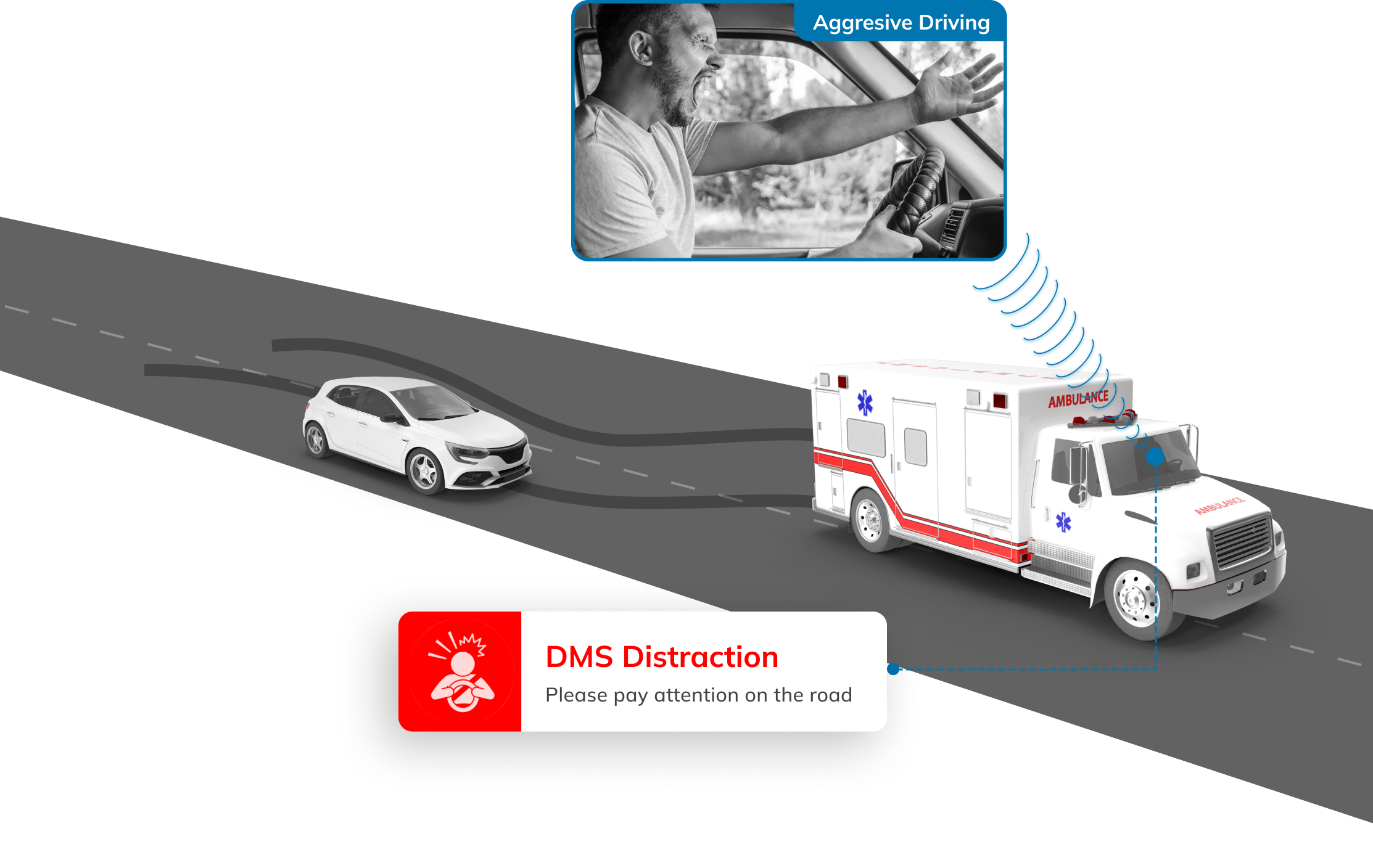
Chemical Transportation
Proactive safety for hazardous chemical transport with real-time monitoring of drivers, and vehicles.
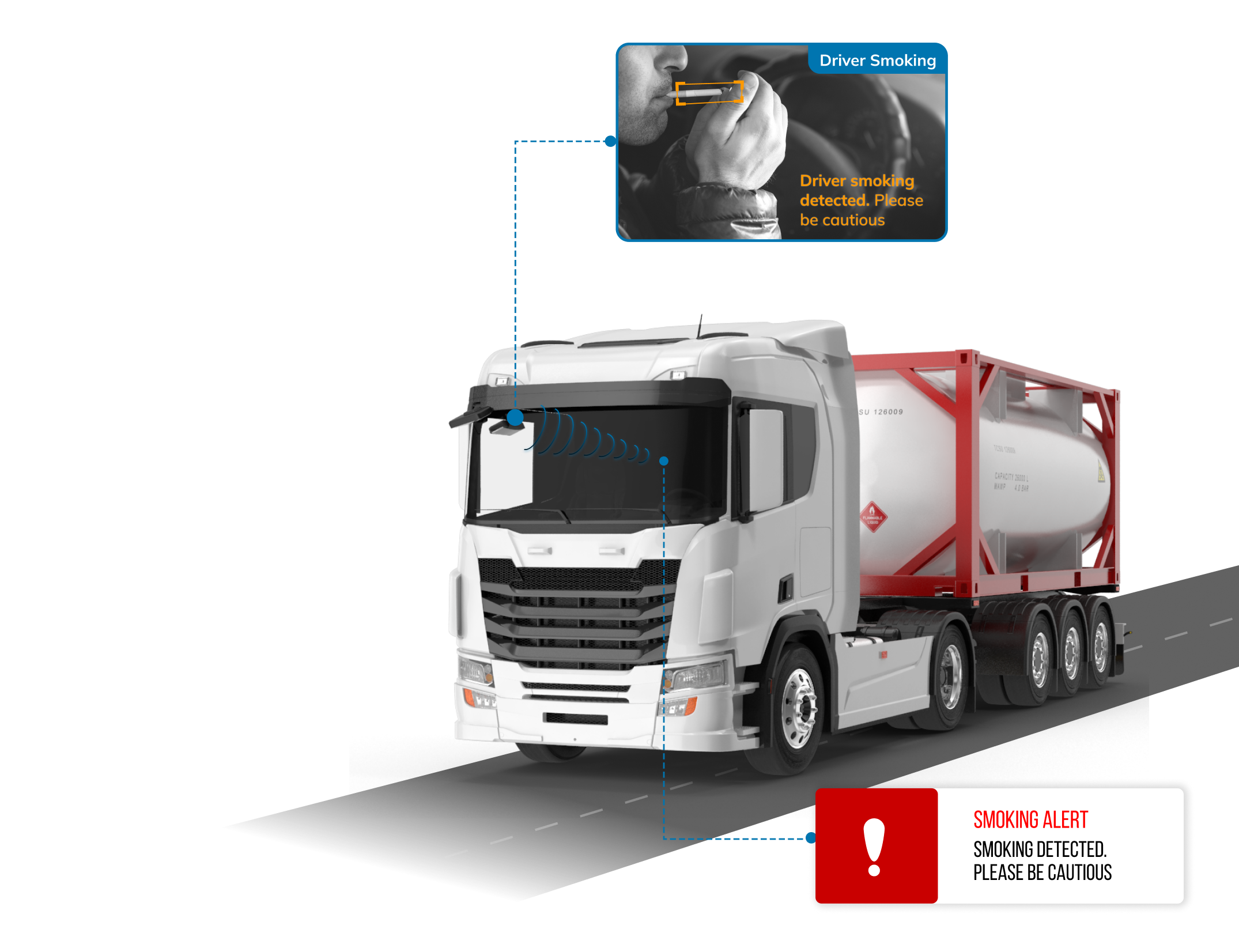
Transportation and Logistics
Empowering safe logistics with DMS for proactive compliance & driver safety.
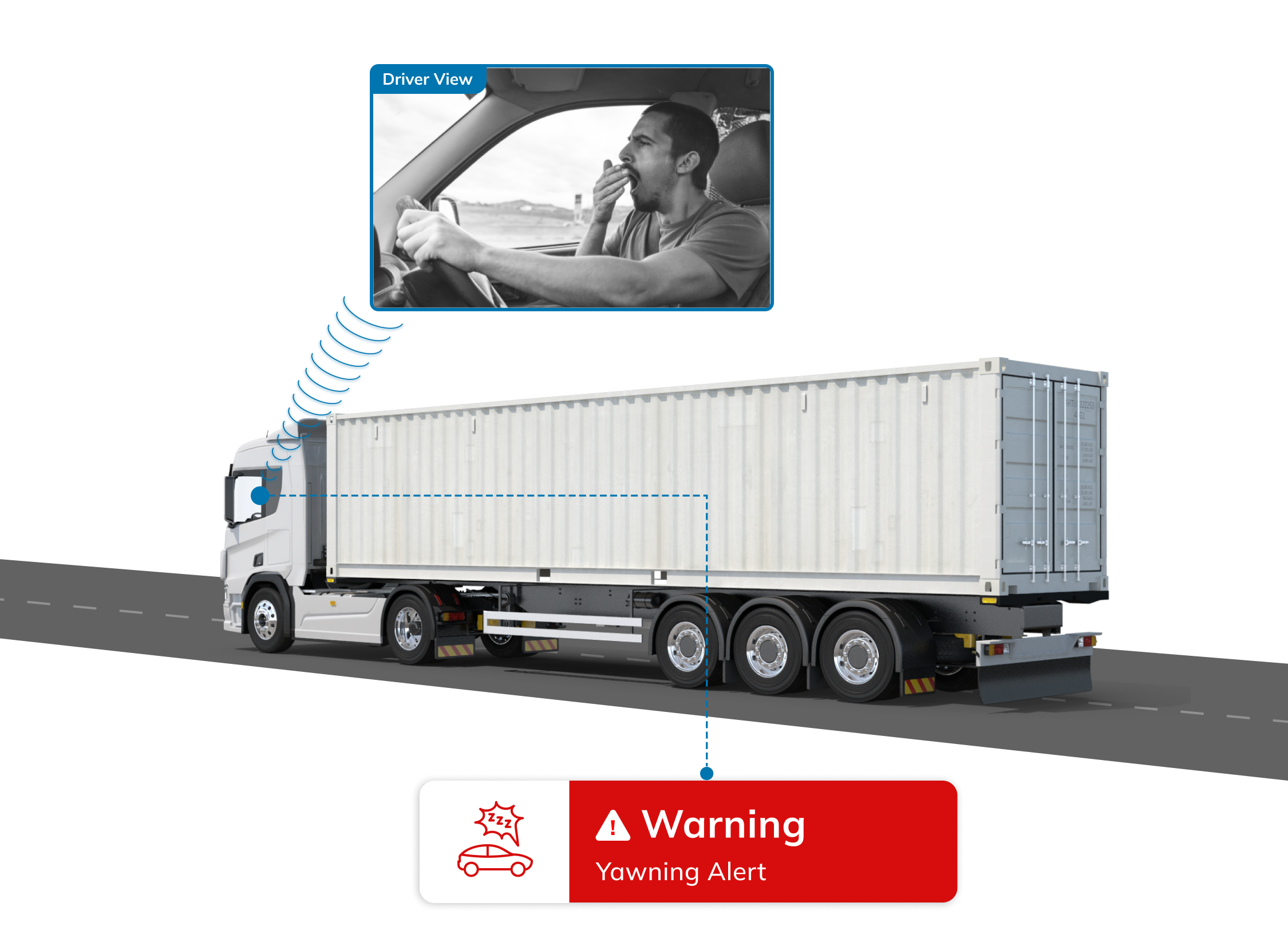
To know more and dive deeper
Uffizio Technologies Pvt. Ltd., 4th Floor, Metropolis, Opp. S.T Workshop, Valsad, Gujarat, 396001, India
by "Sunny Thakur" <sunny.thakur@uffizio.com> - 08:00 - 7 Aug 2023 -
Introducing Woo Express — all-in-one ecommerce
Introducing Woo Express — all-in-one ecommerce
Try it free for 14 days, no credit card required Hi there,
Introducing Woo Express – everything you need for a successful online store, all in one place.
Woo Express is a WooCommerce plan with hosting, store management tools, and marketing features built in. It's all-in-one ecommerce for brands of all sizes! Launch a beautiful and functional store in days, not months, and get ready to grow.
With Woo Express, you get:
- Free priority support via email and live chat.
- Code-free site editing.
- Beautiful modern themes.
- Built-in payment processing, live shipping rates, and order tracking.
- Email, advertising, and social marketing tools.
- Plus, many more business-boosting features.
The best part? Unlike proprietary platforms that own your store and data, Woo Express is open source. Run your store however you like, customize every part of it, and even move it — it's yours.
From your first product to your 10,000th sale, Woo Express comes with everything you need to build a successful business — all in one place.
Try Woo Express for free for 14 days, no credit card required.
This email was sent to info@learn.odoo.com. You're receiving it because you opted in when creating an account or purchasing a product subscription on WooCommerce.com.
No longer wish to hear from us? Unsubscribe from marketing emails or all email communication. You may still receive transactional and/or account-related emails from WooCommerce.com.
View an online version of this email.
WooCommerce, Inc. is located at 60 29th St #343,
San Francisco, CA 94110, U.S.A.




by "Woo" <support+marketing@woocommerce.com> - 01:50 - 7 Aug 2023 -
Hotels in the 2030s: Perspectives from Accor’s C-suite
Check in Share these insights
This email contains information about McKinsey’s research, insights, services, or events. By opening our emails or clicking on links, you agree to our use of cookies and web tracking technology. For more information on how we use and protect your information, please review our privacy policy.
You received this email because you subscribed to The Next Normal newsletter list.
Copyright © 2023 | McKinsey & Company, 3 World Trade Center, 175 Greenwich Street, New York, NY 10007
by "McKinsey & Company" <publishing@email.mckinsey.com> - 10:27 - 7 Aug 2023 -
GPS tracking App
Hello, There,
Hope you are doing well
Would you be interested in building your APPS ?
Today we have some new App Offer at an Affordable Price…
App like:-
ü Race Tracks app
ü GPS tracking App
ü Food tracking
ü Health check-up and food planner app
ü Data tracking app
ü Language learning app
ü Voice translation app
ü Call recording app
ü Scan to shop apps
ü Real-time car sharing app
ü Food recommendation app
If you have any type of App idea for your Business or for your work, please tell us we will make it for you at your Budget.
Please tell me your requirements with your website link working project…
Thanks, Regards
by "jemma" <jemmahughesj@hotmail.com> - 08:17 - 7 Aug 2023-
Re: GPS tracking App
Hi there,
Good Morning,,,,
Could you please give me your reply?We are anxiously awaiting your valuable requirement if you are interested.Thanks,
From: Jemma Hughes <jemmahughesj@hotmail.com>
Sent: Monday, August 7, 2023 7:16 AM
To: jemma <jemmahughesj@hotmail.com>
Subject: GPS tracking AppHello, There,
Hope you are doing well
Would you be interested in building your APPS ?
Today we have some new App Offer at an Affordable Price…
App like:-
ü Race Tracks app
ü GPS tracking App
ü Food tracking
ü Health check-up and food planner app
ü Data tracking app
ü Language learning app
ü Voice translation app
ü Call recording app
ü Scan to shop apps
ü Real-time car sharing app
ü Food recommendation app
If you have any type of App idea for your Business or for your work, please tell us we will make it for you at your Budget.
Please tell me your requirements with your website link working project…
Thanks, Regards
by "Jemma Hughes" <JemmaHughesj@hotmail.com> - 02:38 - 8 Aug 2023
-















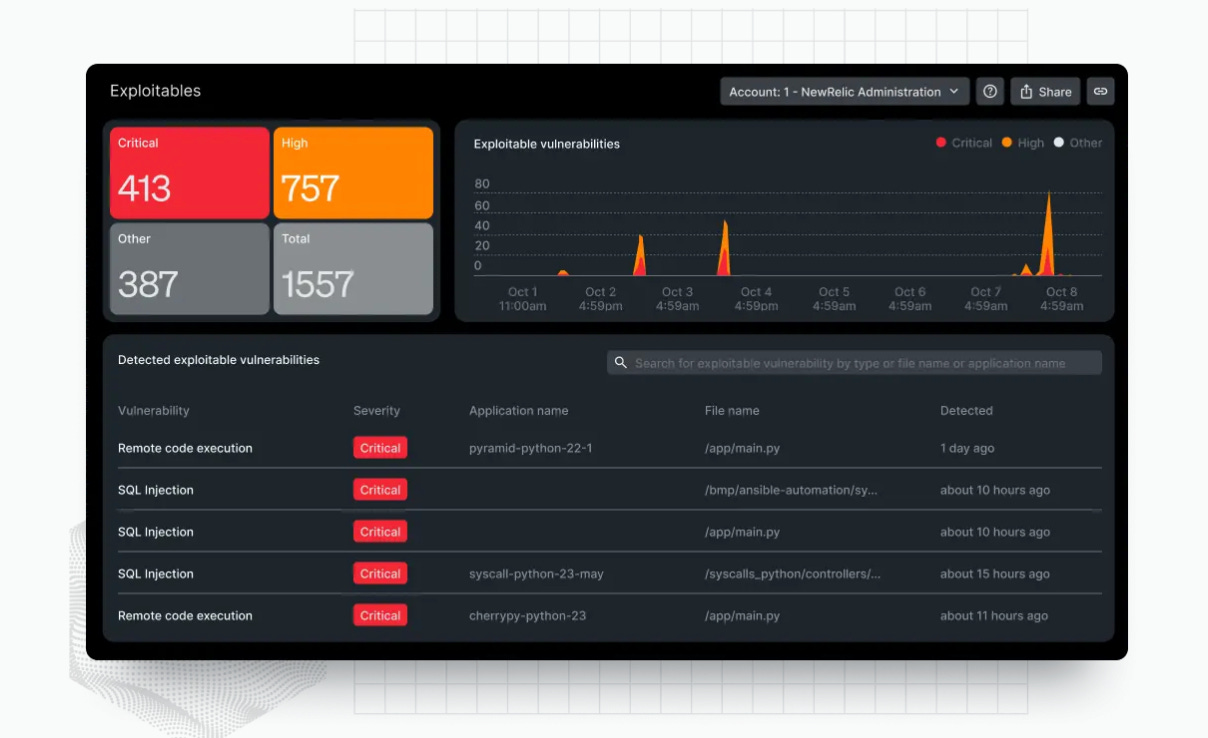

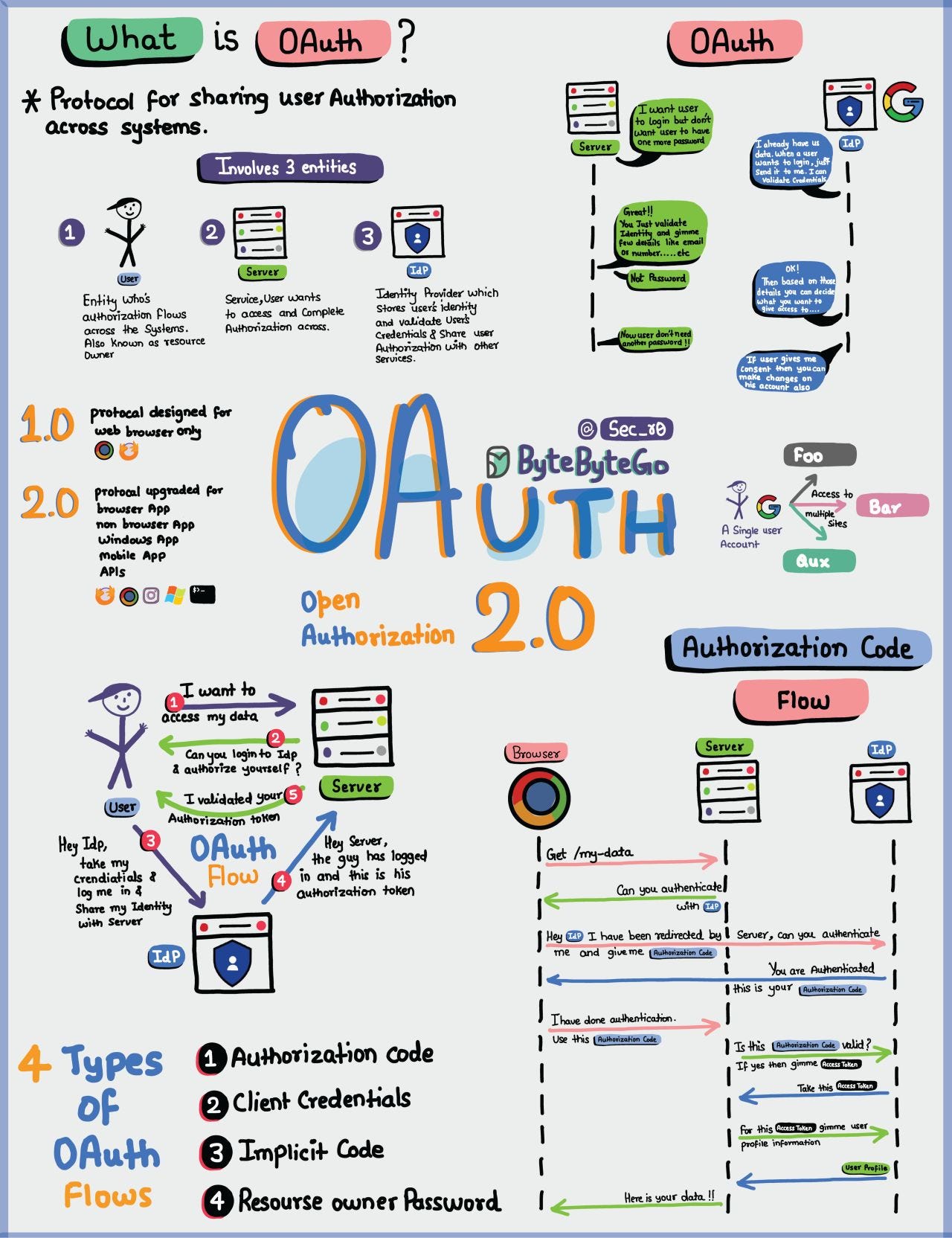
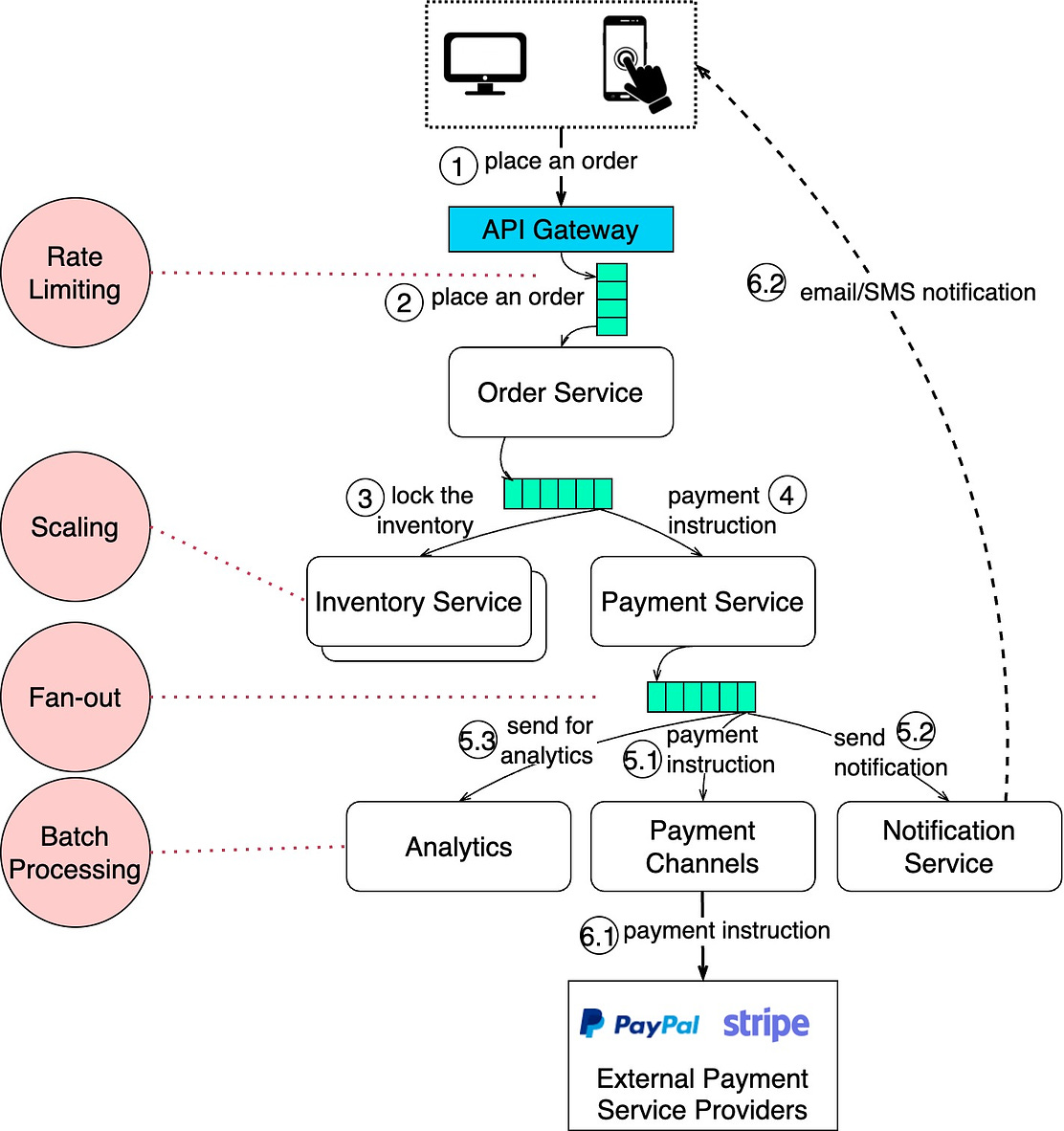
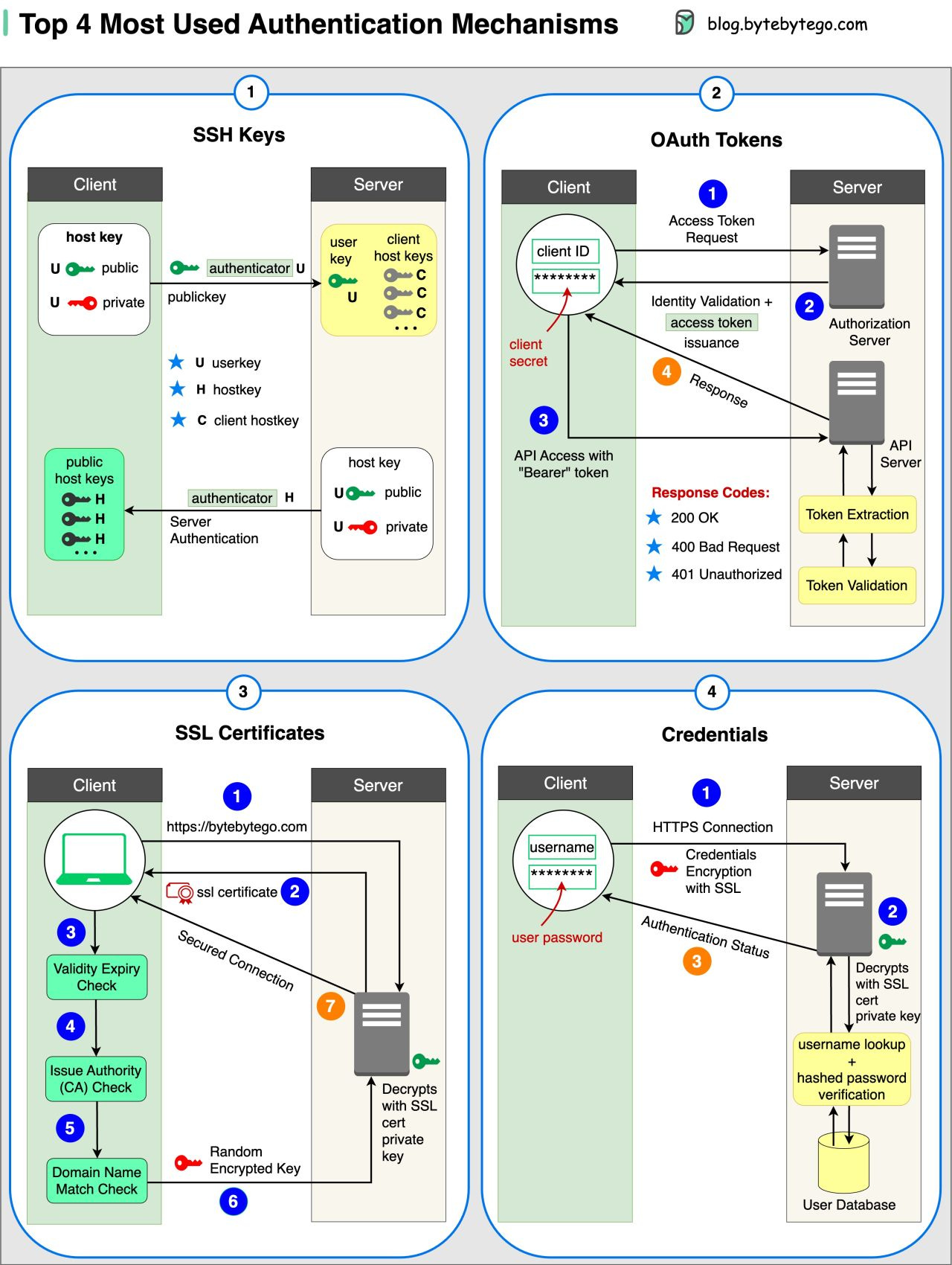
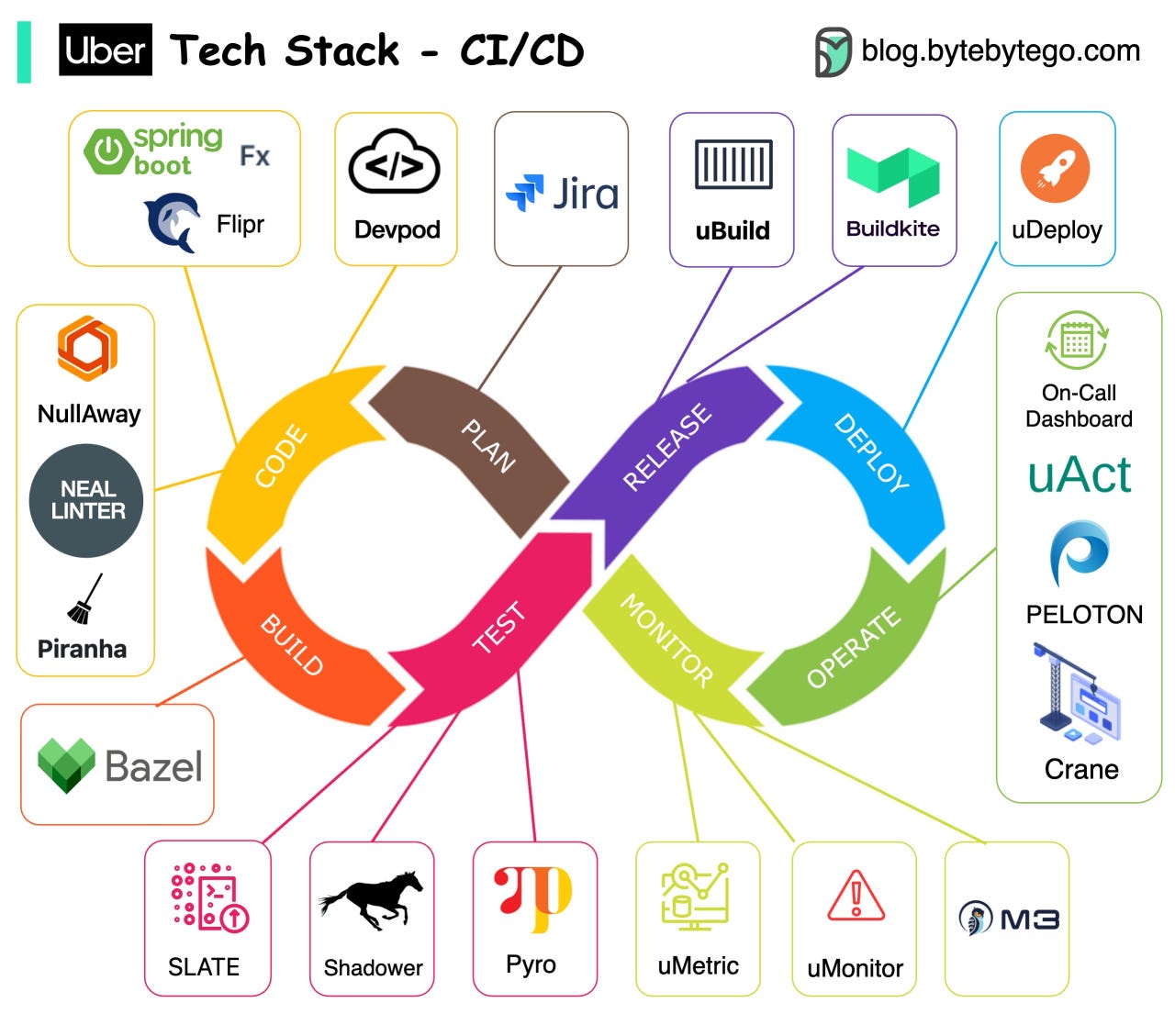
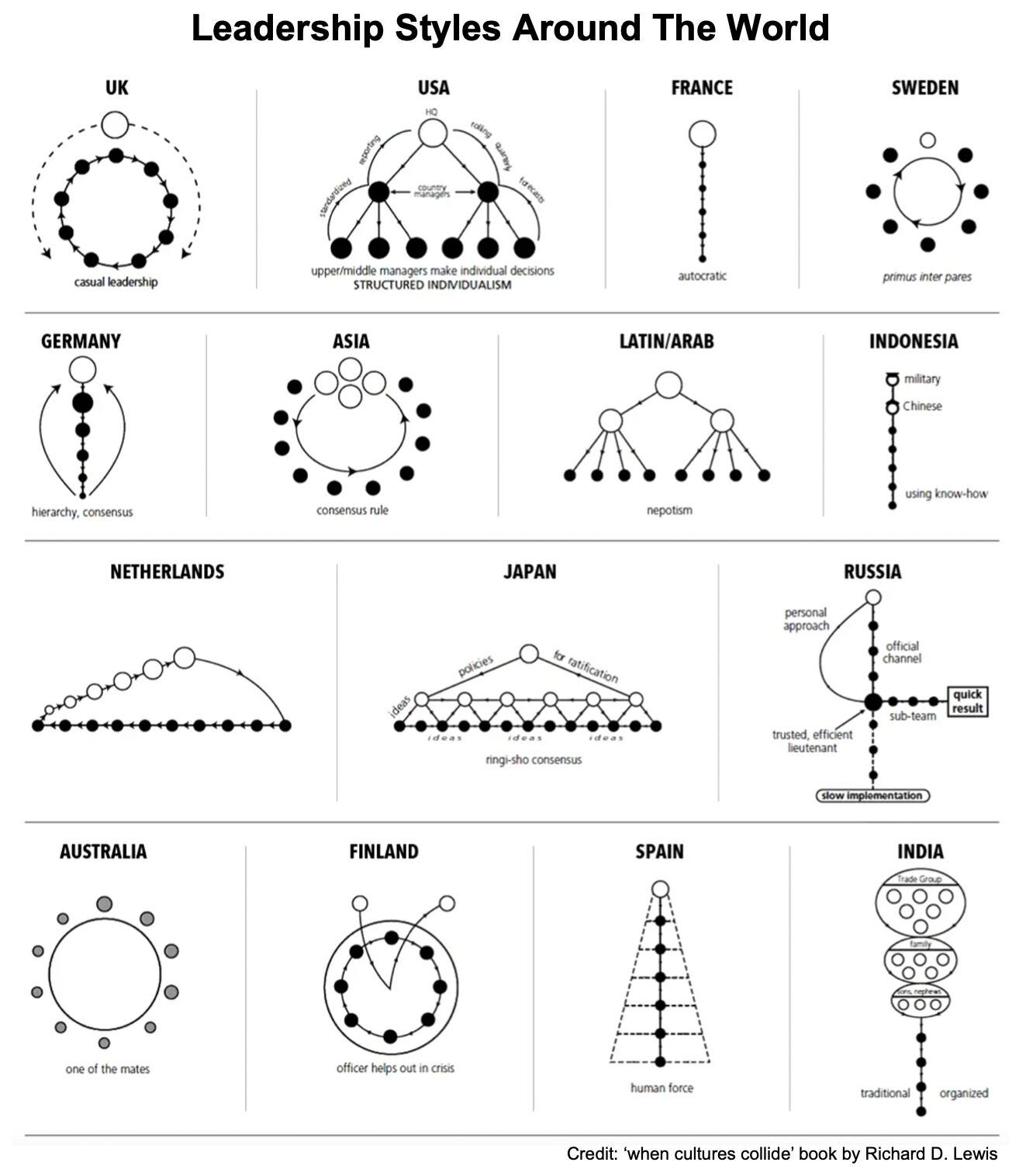
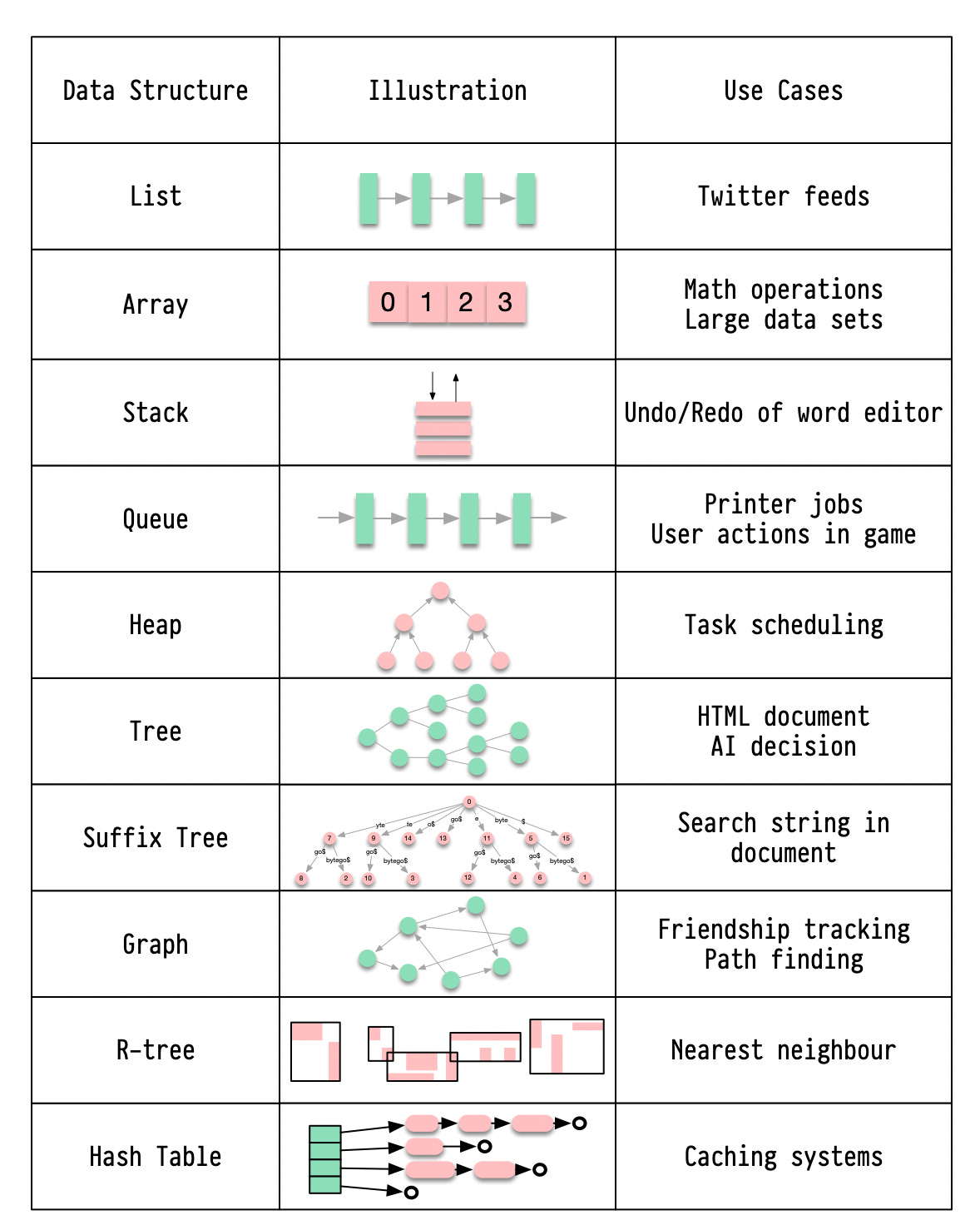














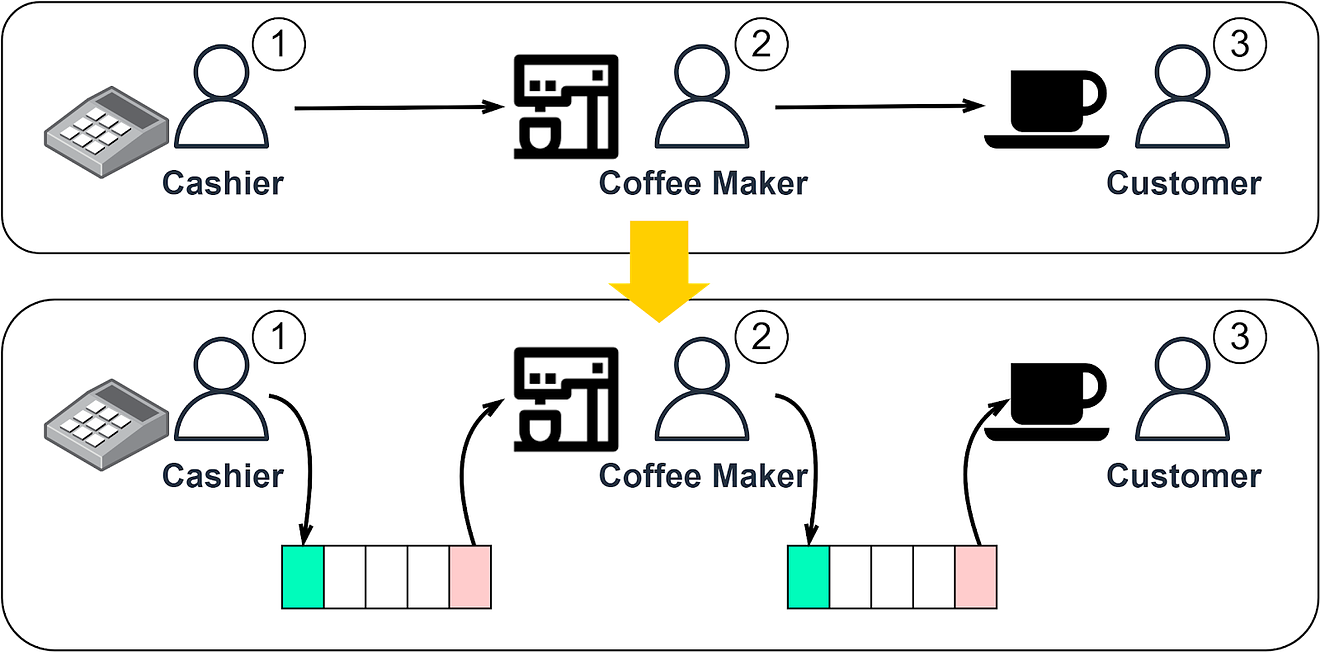

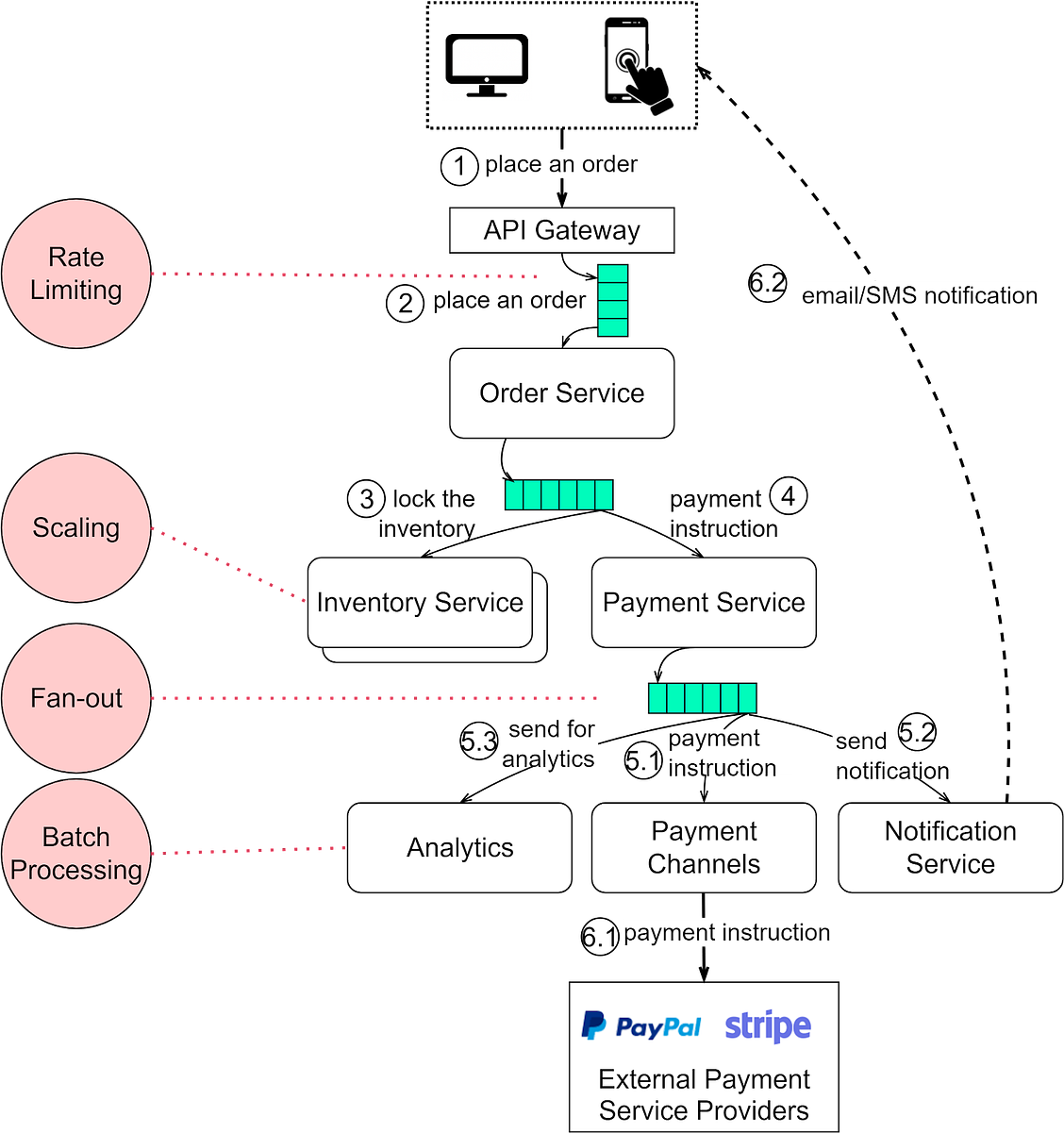

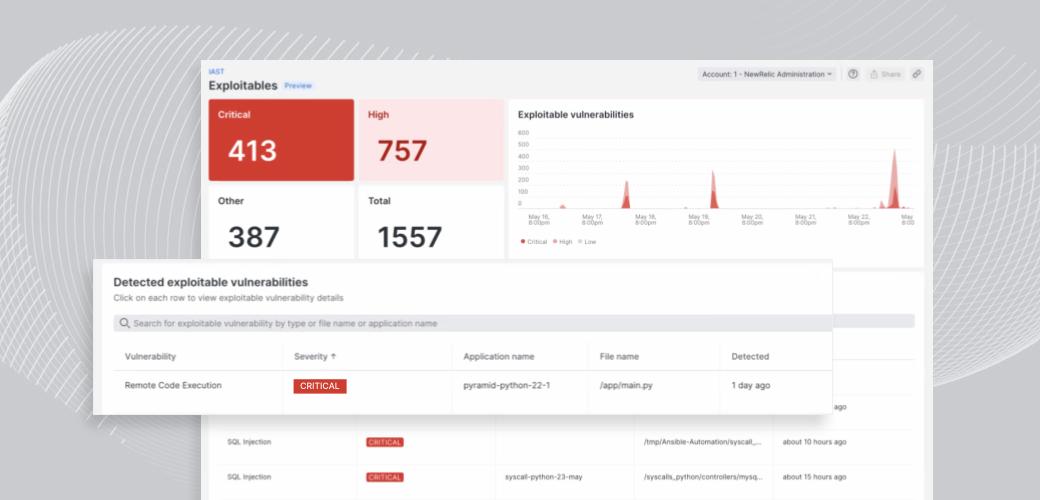












.png)














